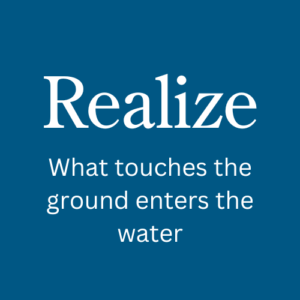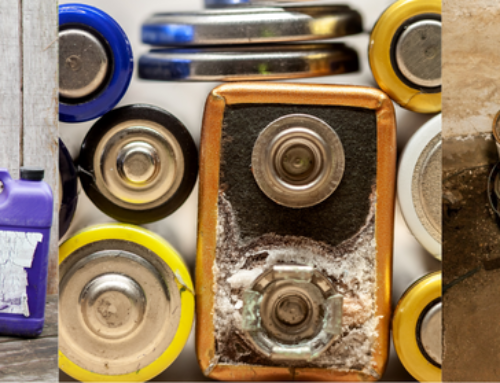
Vehicle Maintenance
Get where you need to go and minimize the impact on local waters
We don’t think much of jumping in the car and running to the store. You may have heard that air quality is affected by vehicle emissions but have you realized that our quick trips affect our waters.
WASHING
When you wash a car in the driveway or street, wash water flows into the storm sewer system and directly to local waterways – along with dirt, emissions, and soap. You can avoid this by using a commercial car wash, where systems direct wash water to the local wastewater treatment facility and oil, grease, detergent, sand, and grime are removed.
If you wash your car at home, use biodegradable soap, wash it on your lawn or on other unpaved areas. This keeps runoff out of the storm drain and ditches. Dispose of leftover wash water in the toilet, sink, or other area that goes to a water treatment plant.
MAINTENANCE
From time to time, we’ve all noticed an oily sheen on water in streets and parking lots; it’s the result of small leaks, accumulated residues, and fuel overfills from our cars. When a vehicle is maintained, fewer leaks spill onto streets and highways spill onto streets and highways and fewer contaminants enter our waterways.
MINDFUL DRIVING
Well all know that air quality is affected by vehicle emissions, but did you know emissions can also affect water quality? Tiny particles from tail pipes settle on roadways, wash into storm sewer systems, and then flow into rivers and streams. Their impact may seem smalls, but when you consider all the vehicles traveling on our roads, the impact is clear.
Street sweeping can minimize the impact of this pollution, but rain and melting snow still carry contaminants to storm sewers. One way we can reduce this pollution is to drive less. Plan trips so you can accomplish several tasks at once. Use public transportation. Even better, walk or ride your bike.
Northeast Wisconsin Stormwater Consortium (NEWSC) P.O. Box 1861 Appleton, WI 54912 l 920.851.4336
RenewOurWaters.org

Stormwater is rain or snowmelt and water from things people do, like washing the car or watering the lawn. As water makes its way to the storm drain it picks up pollutants like oil from car leaks and bacteria from pet waste. When we choose products carefully and dispose of products properly, we can greatly reduce the amount of pollution that enters our local waters through runoff.
Untreated runoff is the biggest threat to our nation’s water quality, according to the U.S. Environmental Protection Agency. Let’s make the small, important changes that will reduce that threat and improve water quality and our lives!

—

—


